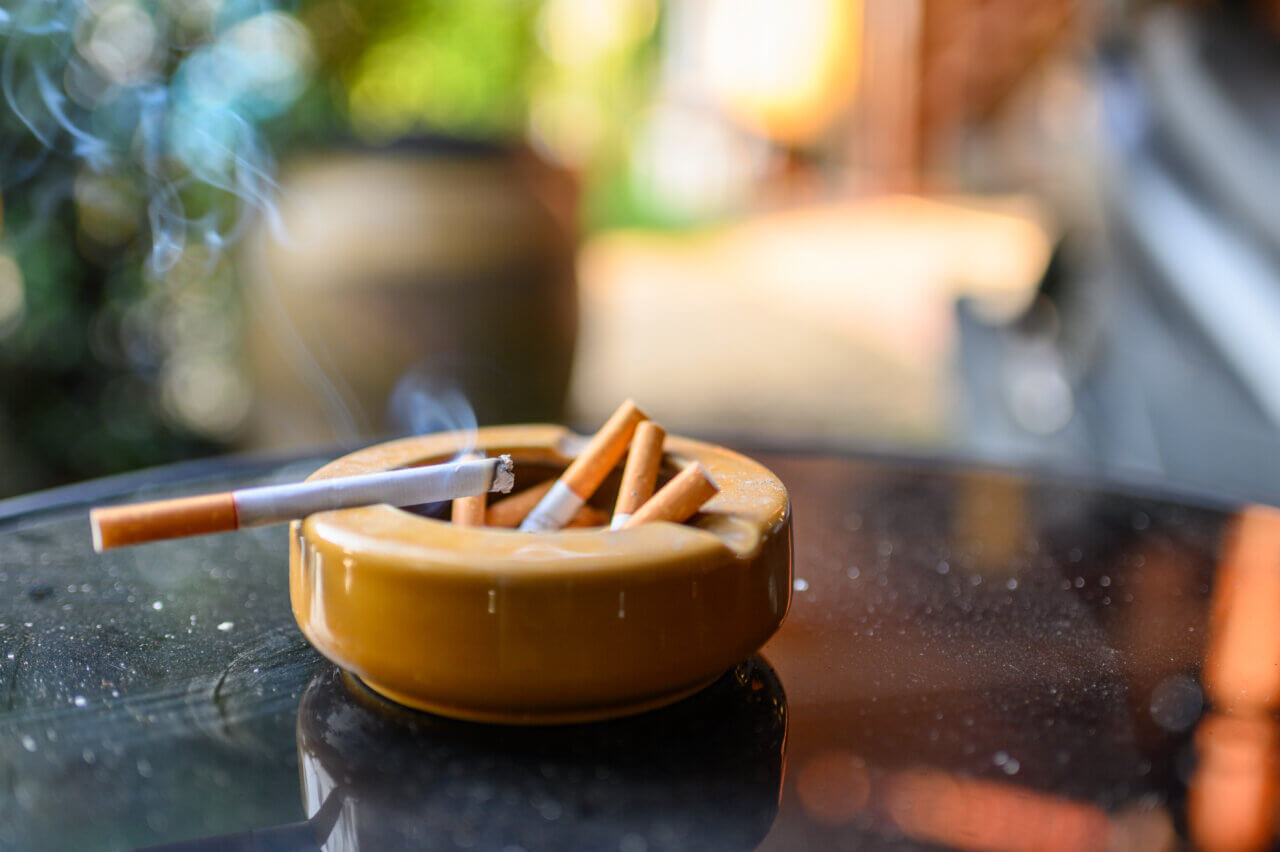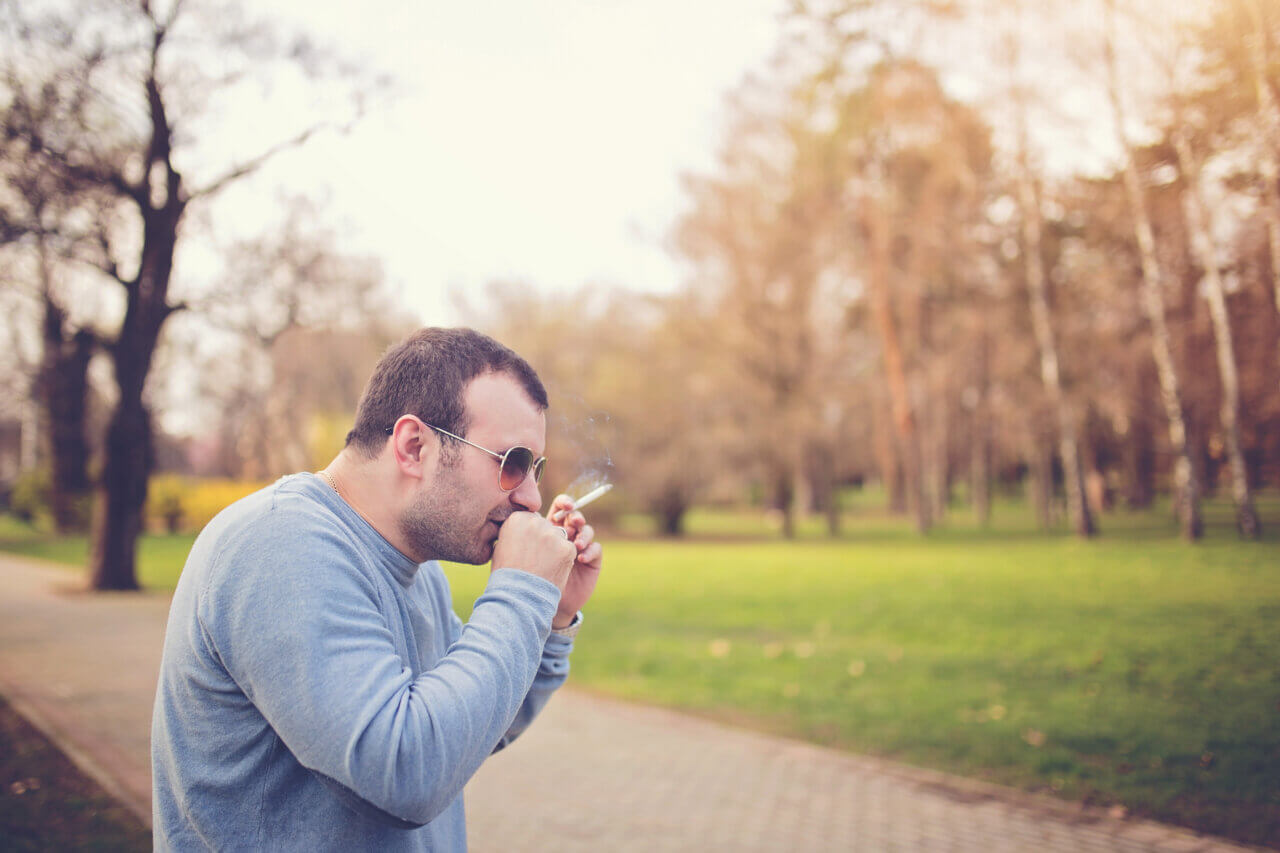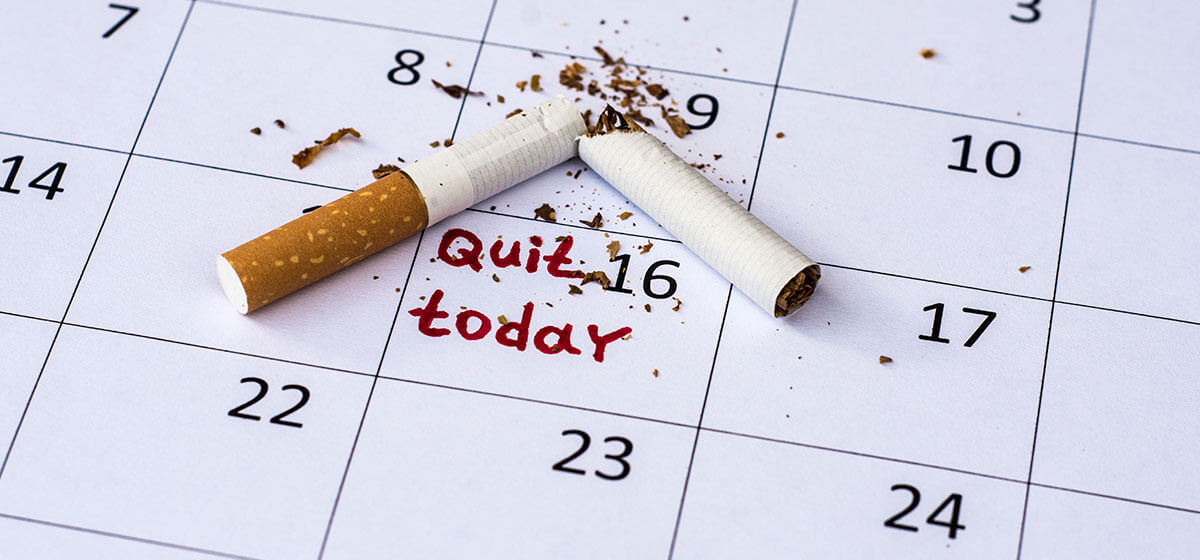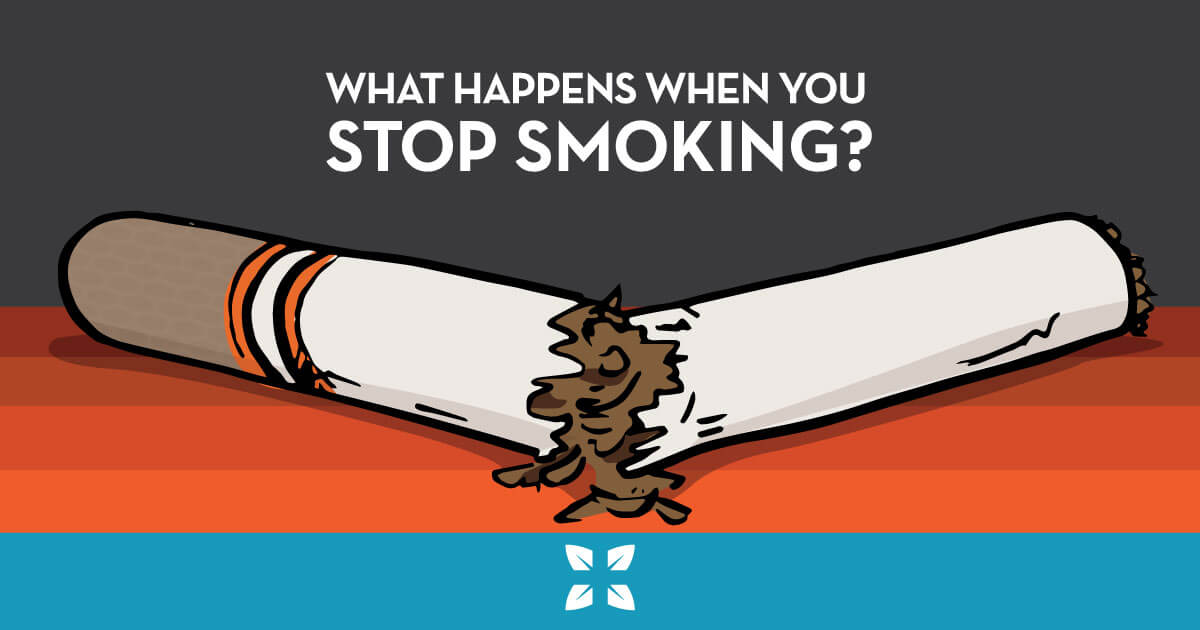Health Effects of Secondhand Smoke

Clinically reviewed by Jamie Harness, MHA
Most people know that studies have proven smoking causes several severe health problems. But some people aren’t as aware of the health effects of secondhand smoke.
The term “secondhand smoke” refers to smoke a person is exposed to when they aren’t smoking but others nearby are. For example, if you breathe around someone smoking at a family gathering or in a public place, you’re exposed to secondhand smoke. Another example would be a cigarette left burning in an ashtray.
This exposure can have serious health consequences.
Why Secondhand Smoke Is Dangerous
Exposure to secondhand smoke can be nearly as harmful as smoking. That’s true for a couple of reasons.
One is that so-called sidestream smoke, which is the smoke coming from the lit end of a cigarette or cigar, is unfiltered. Rather than being pulled through a filter (if present) into the smoker’s lungs, it’s simply spreading through the air carrying all its harmful substances.
Secondhand smoke is also dangerous because you may have little or no control over the degree of your exposure. If you live or work in an environment where smoking is common, whenever someone lights up, you are essentially smoking with them.
Secondhand Smoke Effects
The effects of secondhand smoke depend on how much and how often you’re exposed to cigarette or cigar smoke. The same is true for children.
Exposure increases the risk of:
- Lung conditions. This includes asthma, chronic obstructive pulmonary disorder (COPD), and others.
- Lung cancer. Your risk of stomach, bladder, brain, and breast cancer may also be higher.
- Cardiovascular disease. These are issues that affect the heart, arteries, and veins. Examples include high blood pressure (hypertension), heart attack, atherosclerosis, and stroke.
- Breathing problems. You may experience frequent coughing, shortness of breath, or sneezing.
- Sudden infant death syndrome. Babies exposed to secondhand smoke may have a higher risk of SIDS.
- Respiratory infections. This includes illnesses like pneumonia and bronchitis.
- Ear infections. Children exposed to secondhand smoke are more prone to ear infections.
- Increased incidence of asthma attacks. Attacks may also be more severe.
- Eye and tooth damage. Cataracts and tooth decay are more common in people exposed to secondhand smoke.
- Learning problems. Children who breathe secondhand smoke frequently may also develop behavioral issues.
How to Avoid Secondhand Smoke When Living with a Smoker
Being a non-smoker who lives with a person who smokes can be challenging, especially if you’re trying to minimize your exposure. In that situation, it can be helpful to:
- Express your concerns to the person. The person may believe their habit doesn’t bother you if you remain silent about it.
- Ask the person to smoke outside or in a separate room. Your friendly request may be all that’s needed for the person to change their behavior and smoke outside or in a room you don’t use. There will still be smoke in the air and even adhered to the smoker’s clothes, but the change in smoking locations will reduce your exposure.
- Reduce time spent around them when they’re smoking. If the person smokes most heavily at a particular time of day or in a specific room, avoid being around them at those times or in those areas.
- Encourage them to quit. If the person you live with gives up the habit, they benefit even more than you do. It’s not easy to quit, but the person’s doctor can help them obtain the resources they need to be successful.
Learn About Cancer Care Services at Baptist Health
If you experience what you think might be cancer symptoms, talk with your doctor. They can prescribe testing to diagnose your condition. They may also refer you to our cancer care experts.
Next Steps and Useful Resources
Everything You Wish You Knew Sooner About Smoking
5 Tips to Help You Quit Smoking
Asthma and Smoking



